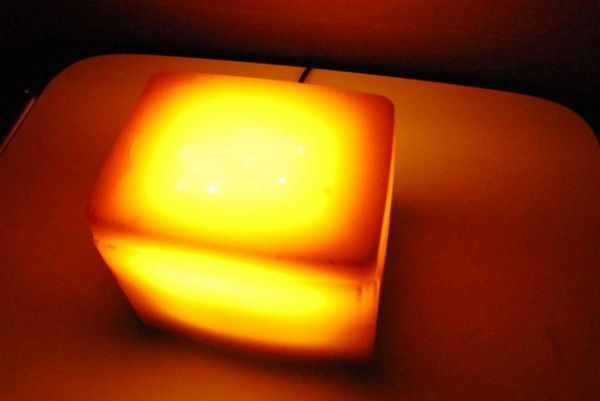
Here is an innovative creation that could brighten up your bedroom or porch through its sparkling vibes! Designed by Hassell and the winner of the 2011 Lightcycle competition, this is a marvelous lighting source that is uniquely created out of beeswax and wick. The product was exclusively designed to take part in the competition that was held by the architectural lighting company Electrolight in the month of July in Melbourne. The competition was organized as a part of the State of Design Festival, and it expected designers to ponder over topics related to principles of environmental sustainability while they designed a light fixture for a high-efficiency, light-emitting diode (LED) bulb.
Hassell stood apart in the competition as it focused on the concept of product life cycle when it came up with their beeswax lamp design, as compared to other entries that adopted more traditional sustainability approaches. Australian government studies indicate that European honeybees, which are needed for pollination resulting in agricultural production, have been decreasing in numbers not only within the country but worldwide. There is a requirement of more beekeepers who get interested in farming wild bees to support accidental pollination through them.
The above-stated issue remained the central point of the the beeswax lamp design. Designers wanted to offer something, whose increased production on one hand, could shift the industry’s focus toward the issue, while on the other hand, could deal with the issue in a unique and constructive manner. More individuals may start getting involved in coming up with the bees farming occupation if there is more demand for raising bees. This increase in demand for bees can happen if there are newer products developed, which require the use of bees or bees-produced products. Waxlamp can be one such product that may enhance agricultural sustenance if its demand increases.
Hassell’s waxlamp is made of a block of beeswax that has a LED bulb fitted in its central void. As an LED bulb does not get heated like a regular light bulb, the beeswax around it can safely be used as a material. Wicks are tied up at the lamp’s base in a way to support the structure and lift it up the surface. With small top holes, wicks also help create proper airflow throughout. Based on the concept of ecological life cycle, the light fitting has a feature to be turned upside down when the bulb’s life comes to and end, and wicks may burn the structure down. The lamp is themed on its consumption materials’ fragility and softness, indicating toward a relatively short lifespan. It is a structure that is a mix of roughness and delicacy, but the ultimate product will surely attract you by its soft glow and appealing scent when you turn your waxlamp on!
Via: Arthitectural




